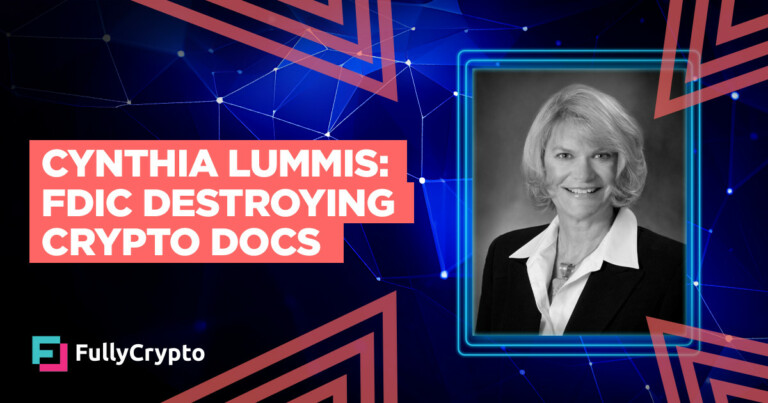Insurance in the Digital Age: How Instant Payments Are Changing Claims Processes
# Insurance in the Digital Age: How Instant Payments Are Changing Claims Processes
## Is the insurance industry finally catching up with modern times?
In a world where you can order just about anything with the tap of a finger and have it delivered to your doorstep by morning, one American industry has remained stubbornly anchored to practices that would feel familiar to our grandparents. The insurance claim – that necessary filing when disaster strikes your home or business – has for generations moved at the speed of paper, checks, and postal services.
But change, as it always does, has come knocking. The insurance industry is undergoing a digital transformation that’s dismantling decades-old systems, with companies like One Inc. leading the charge toward instant digital disbursements. This isn’t just a minor adjustment to the insurance landscape – it’s a fundamental shift in how carriers interact with policyholders when they need help most.
## Why has the insurance industry been so slow to join the digital revolution?
Insurance is not your corner store. The complexity runs deep as the Mississippi. Every claim payment involves regulatory requirements that vary by state, intricate interactions between carriers, policyholders, and sometimes multiple payees. These payments often represent the moment of truth in an insurance relationship, when promises made during premium collection transform into actual financial relief.
The regulatory labyrinth has been a significant roadblock. Insurance carriers must comply with different rules across states, creating a patchwork of requirements that’s as varied as America itself. What works in California might not pass muster in Texas or New York.
But necessity, as they say, is the mother of invention. The same regulatory hurdles that once prevented progress are now being addressed through sophisticated digital solutions designed specifically for the insurance industry’s unique challenges.
## What benefits do digital solutions bring to the claims process?
Digital solutions are doing for insurance claims what tractors did for farming – making the unworkable manageable and the slow suddenly swift.
The most dramatic improvement comes in the form of instant disbursements. Think about that for a moment. A homeowner standing in front of storm damage could potentially receive funds to begin repairs within minutes of claim approval – not days or weeks later when a paper check finally arrives in the mailbox.
This isn’t just about speed, though speed matters plenty. It’s about creating an insurance experience that aligns with what Americans have come to expect from other services. The gap between the convenience of modern eCommerce and the traditional insurance claim process has been as wide as the Grand Canyon. That gap is now closing.
## How are homeowners and small businesses feeling the impact?
Homeowners and small business owners stand to gain the most from this digital transformation. For a family whose roof was damaged in a storm, or a small shop owner dealing with burst pipes, time is more than money – it’s security and peace of mind.
Consider the small business owner in Tulsa who needs to repair flood damage quickly to reopen doors. The difference between receiving payment instantly via digital means versus waiting a week for a check to arrive by mail and then clear at the bank could mean the difference between staying afloat or closing permanently.
The reduction in paperwork alone is worth noting. Anyone who’s ever filed a claim knows the feeling of sorting through forms and documentation, making copies, sending packets, and then waiting – always waiting – for the wheels of the insurance machine to turn. Digital platforms are cutting through this bureaucratic thicket, letting property owners file claims with supporting photos from their smartphones and track progress in real-time.
## Is the insurance industry fully embracing digital payments?
The numbers tell a compelling story. One Inc. reports that many insurance companies have dramatically increased their digital payment adoption, with some moving from just 15% digital payments to over 75% in recent years.
This shift isn’t limited to property insurance. The worker’s compensation sector – historically one of the more paper-heavy corners of the insurance world – is now embracing digital solutions that speed benefits to injured workers when they need financial support most.
The change has accelerated because technology providers have addressed the specific needs of insurers, creating specialized platforms that handle the unique complexity of insurance transactions while maintaining compliance with the maze of regulations that govern the industry.
## What’s driving consumer demand for digital insurance solutions?
American consumers have developed a taste for instant gratification in their financial interactions. They transfer money between accounts instantly, make purchases with the tap of a card, and manage investments from smartphones while waiting for coffee. These experiences shape expectations for all financial transactions, including insurance claims.
When the worst happens – when the tree falls on the garage or the kitchen pipe bursts – that’s when policyholders most need their insurance company to respond with the speed and efficiency they experience elsewhere in their digital lives.
Insurers who fail to adapt to these changing expectations face more than just administrative inefficiencies – they risk becoming as relevant to modern consumers as the telegraph office or the video rental store. In a competitive marketplace, the ability to provide fast, frictionless claim payments could become as important a differentiator as coverage terms or premium rates.
## What does the future hold for insurance payments?
The horizon looks increasingly digital. Technologies like real-time payments are removing even more friction from the claims process. Imagine filing a claim for storm damage and receiving payment before the storm clouds have fully cleared.
But challenges remain. The insurance industry must balance innovation with security, ensuring that the acceleration of payment doesn’t come at the cost of proper verification and fraud prevention. Regulatory frameworks will need to evolve alongside technology, a process that rarely moves at the same pace as technological innovation.
For homeowners and businesses, though, the direction is clear. The days of waiting anxiously by the mailbox for an insurance check will likely join the list of experiences we tell younger generations about with a mix of nostalgia and disbelief – like rotary phones or maps that couldn’t be folded back properly.
The American insurance industry, built on assessing risk and preparing for uncertainty, now faces its own moment of adaptation. Those who embrace digital disbursements and streamlined claims processes aren’t just changing how they process payments – they’re redefining what it means to provide security and peace of mind in times of need. And that, perhaps more than anything, represents the true promise of insurance in the digital age.
As we’ve seen throughout American history, technology that truly serves human needs doesn’t just change processes – it changes expectations and, eventually, changes society itself. The digital transformation of insurance claims may seem like a small shift in the grand scheme of things, but for the homeowner standing amid storm damage or the business owner facing unexpected closure, that instant digital payment could make all the difference in the world.
And that’s something worth reporting on.
Disclaimer: General Information & Accuracy
This blog provides general information and discussions about insurance and related subjects for informational purposes only. It is not intended as professional advice, including but not limited to financial, legal, or medical advice. We strive for accuracy, but laws, regulations, information, and best practices constantly evolve, and unintentional errors can occur. Therefore, we make no warranties about the completeness, accuracy, reliability, or suitability of the blog content. Always consult with a qualified professional for advice tailored to your specific situation. Any reliance you place on this information is strictly at your own risk.





